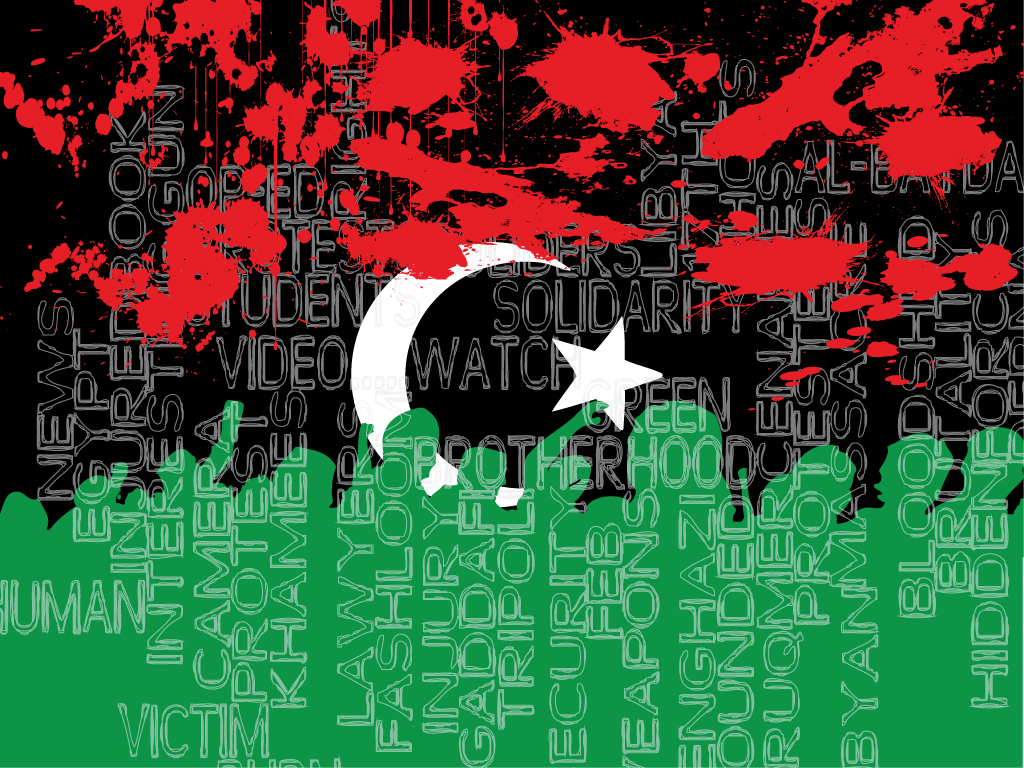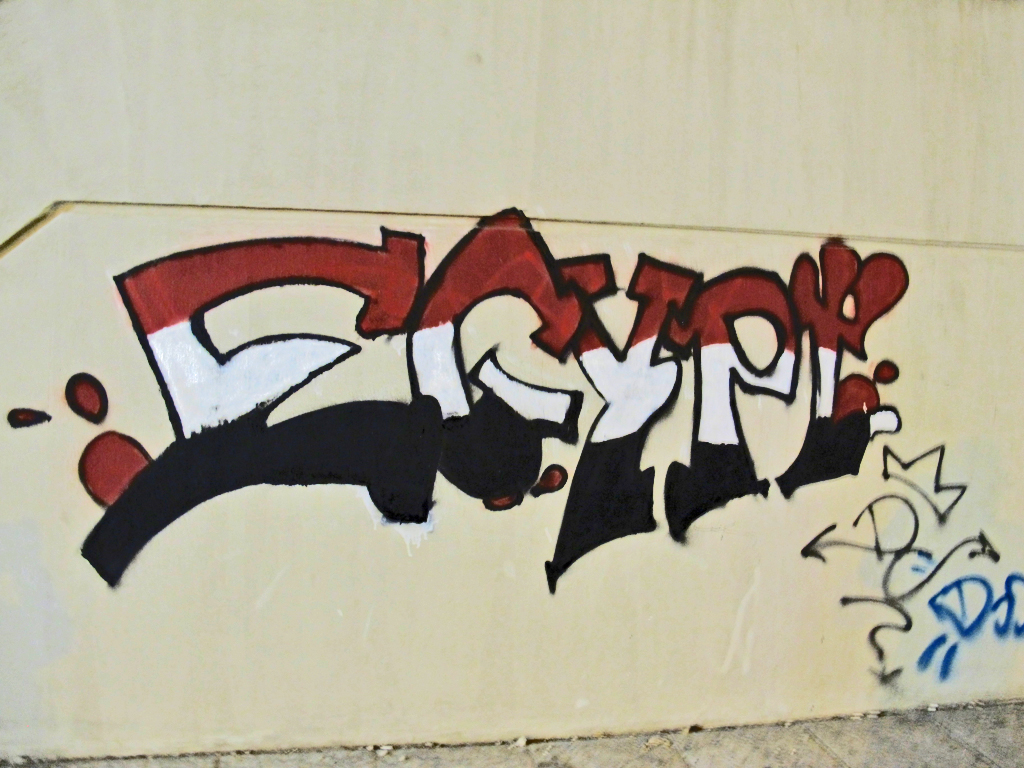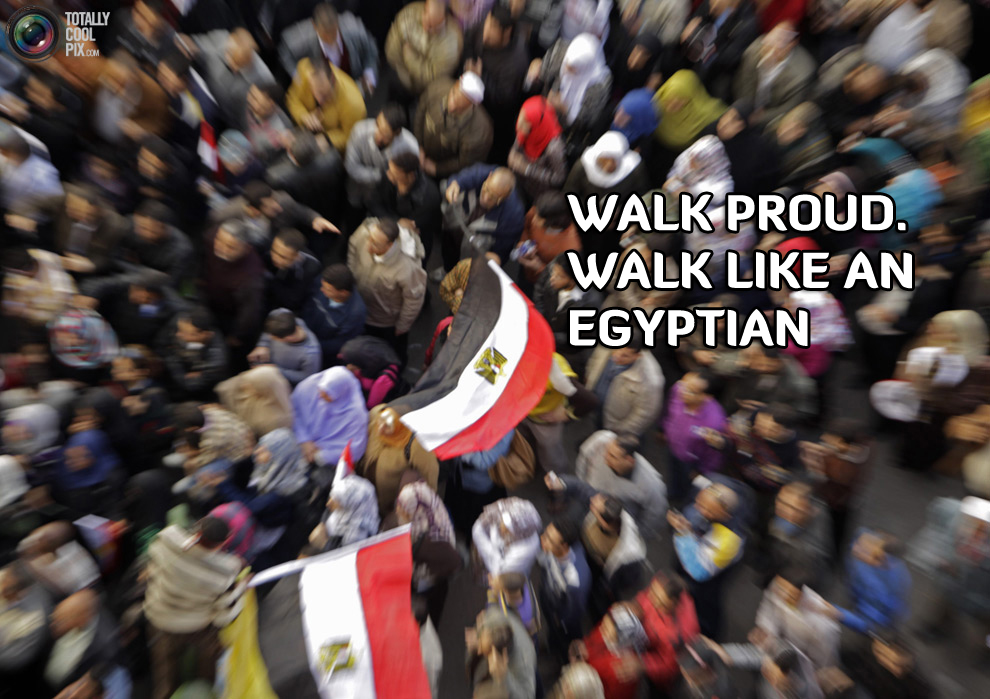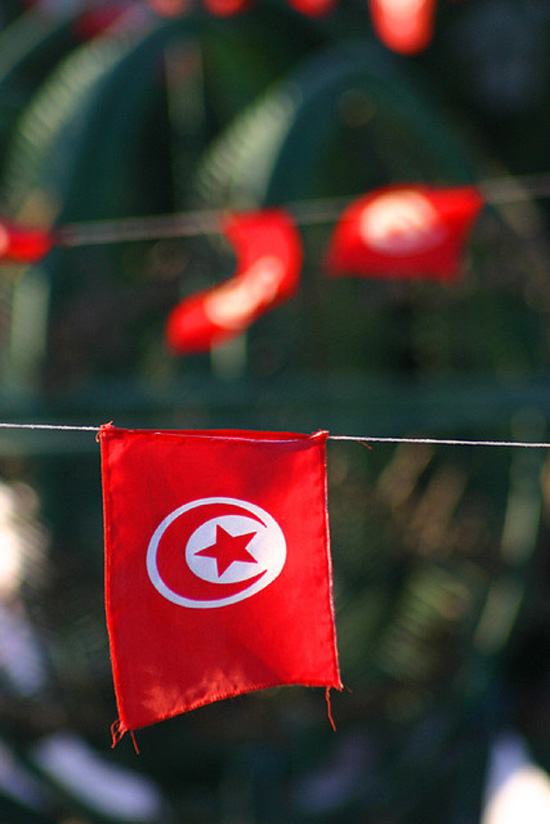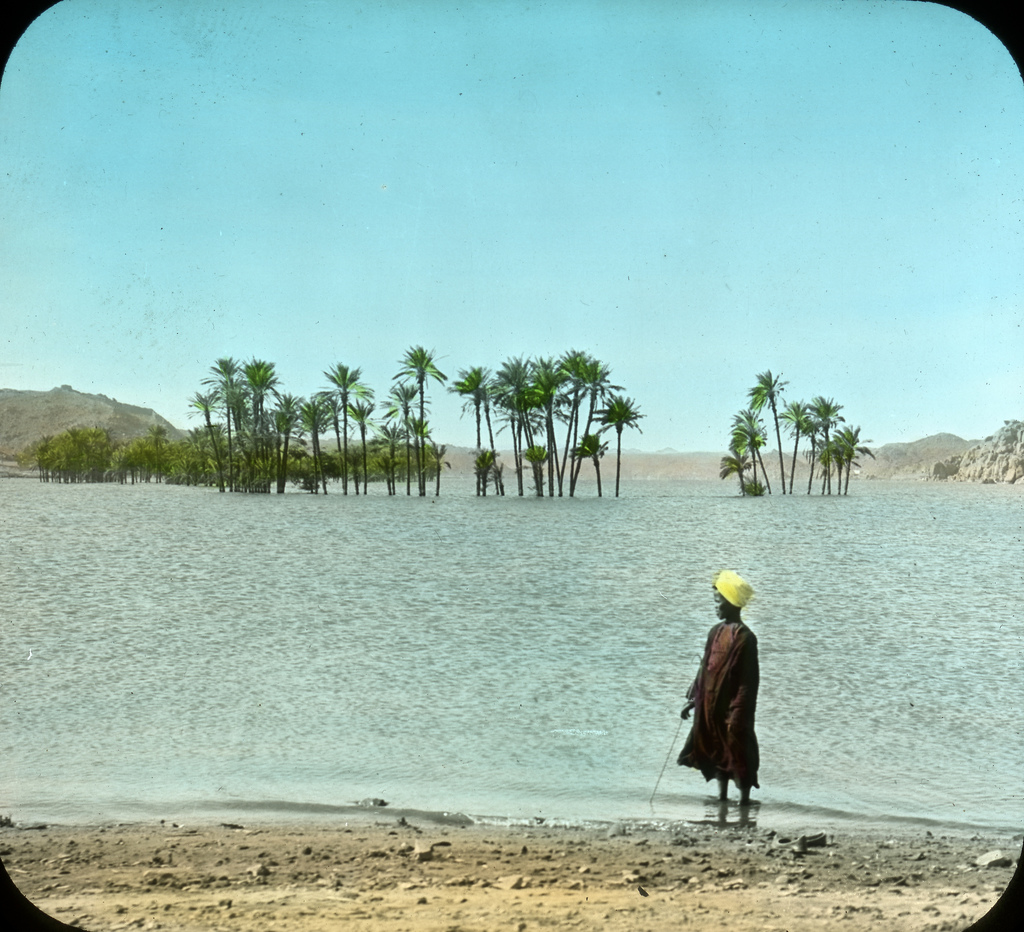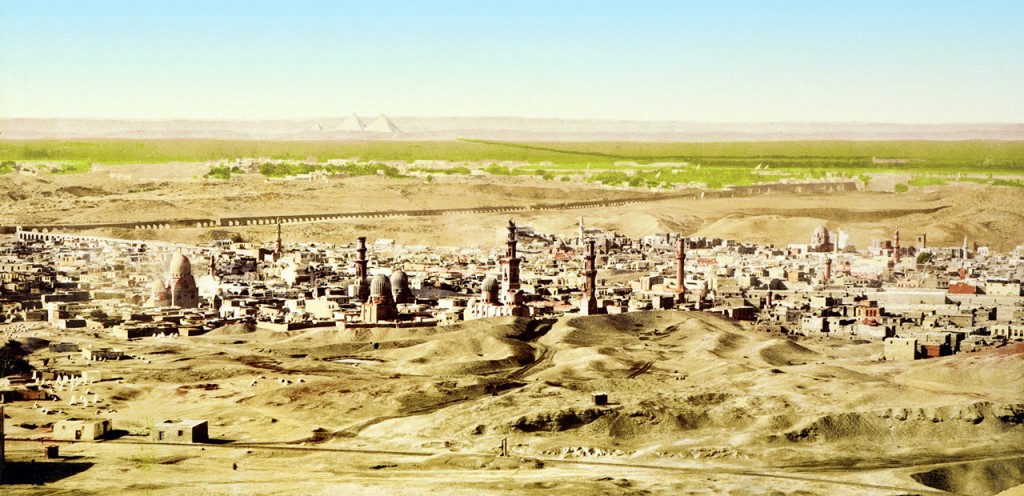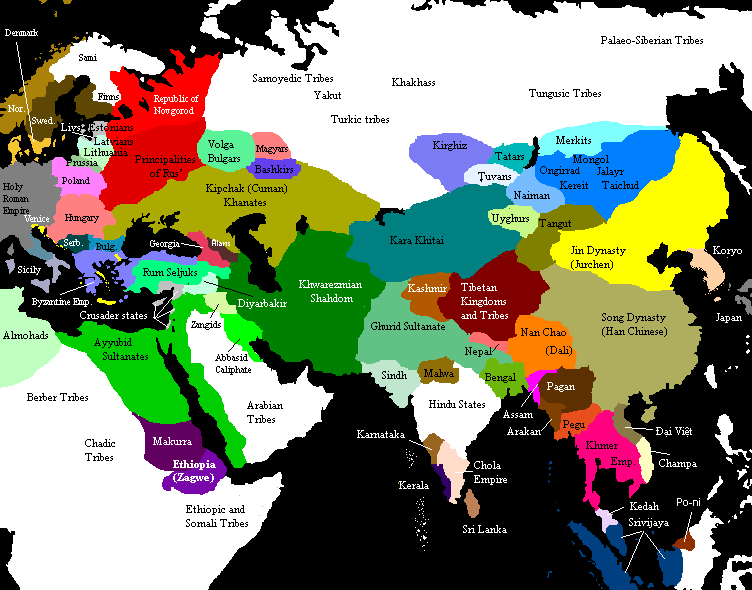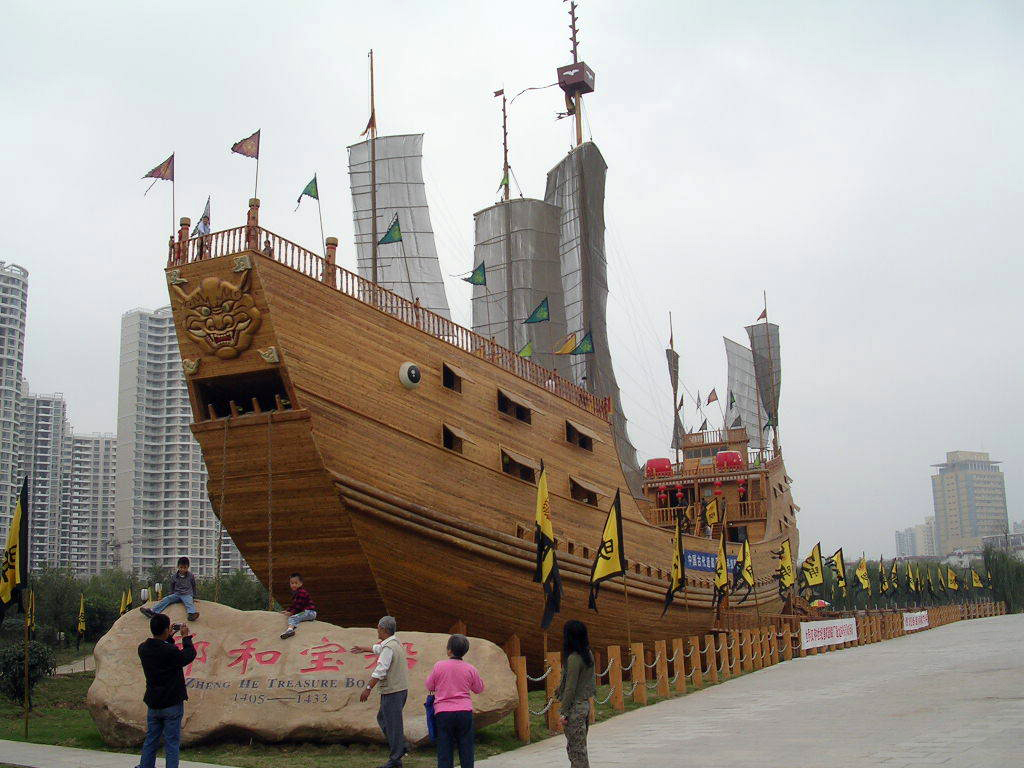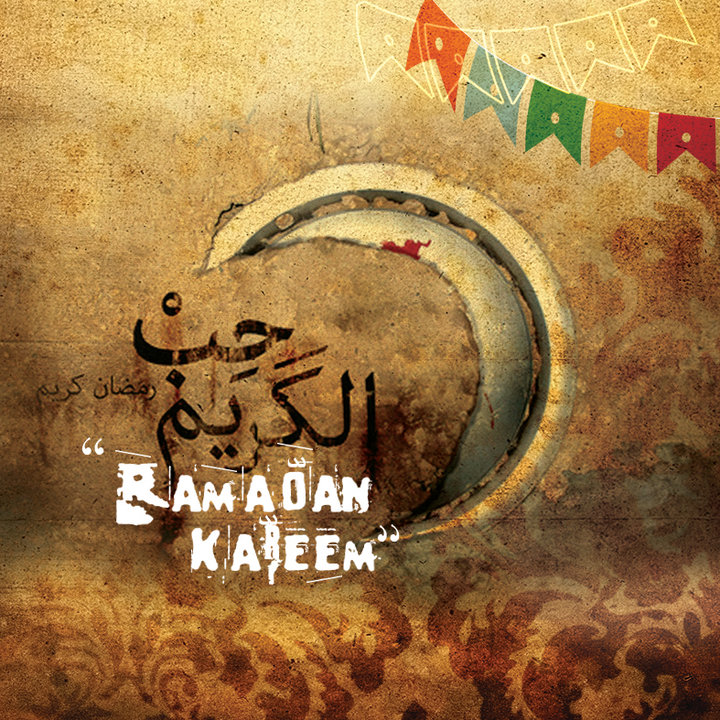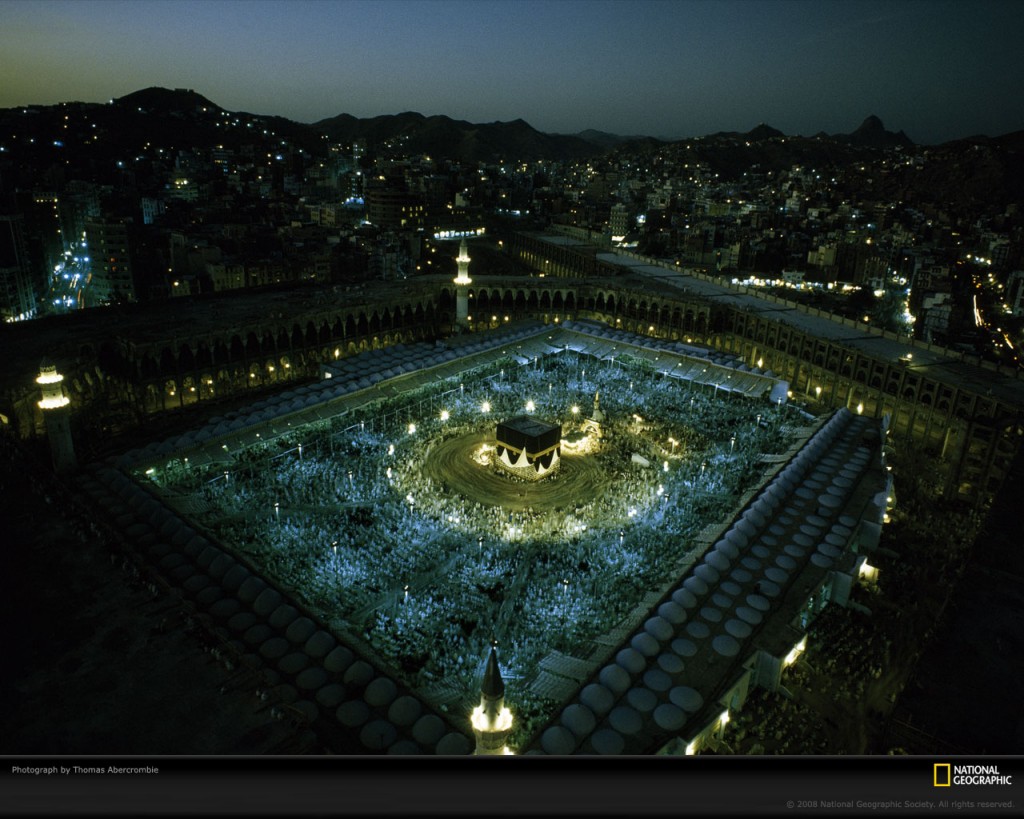
Mecca During Hajj, National Geographic magazine, January, 1966.
by Islam El-Shazly
It’s 6:15 AM on the 10th of Dhul-Hijja, 1431, 16 November, 2010. Outside the words: Allah Akbar, Allah Akbar, Allah Akbar, La Ilaha Illa Allah; Allah Akbar, Allah Akbar wa Lillah Al-Hamd (الله أكبر الله أكبر الله أكبر لا إله إلا الله. الله أكبر الله أكبر و لله الحمد) – is all I can hear. Every mosque everywhere in the world is echoing the same call that has been heard on the same day for the last 1431 years.
Today is Eid Al-Adha, the day of sacrifice. Yesterday was the Day of ‘Arafah. More than 3 million Muslims stood on Mount ‘Arafat, from 181 countries. It is the most important day in Hajj. Read more…

